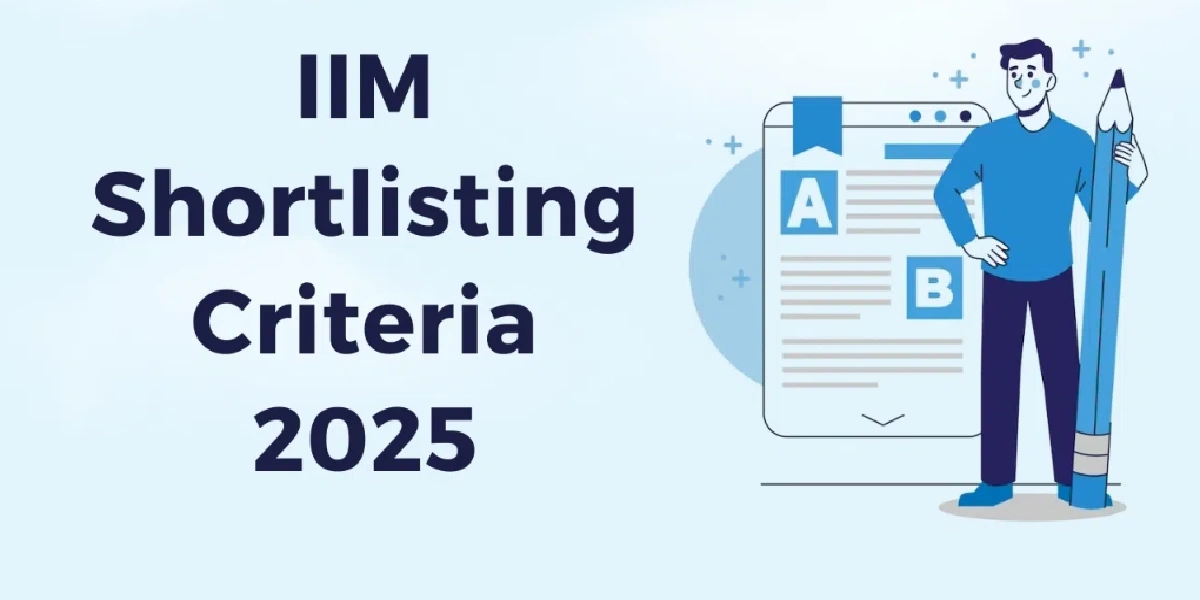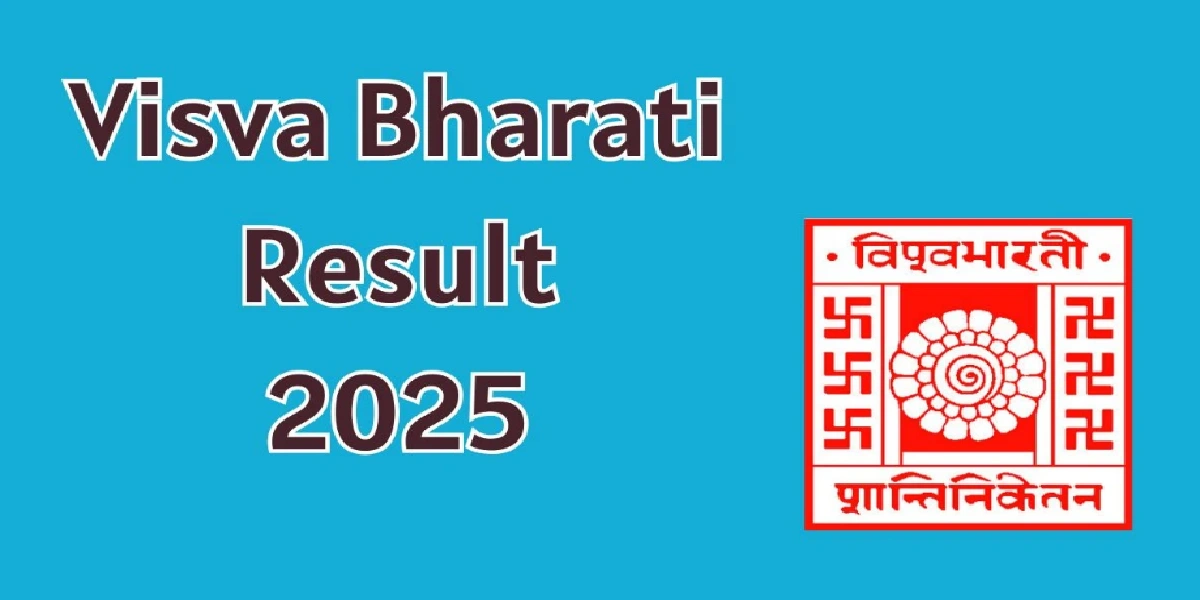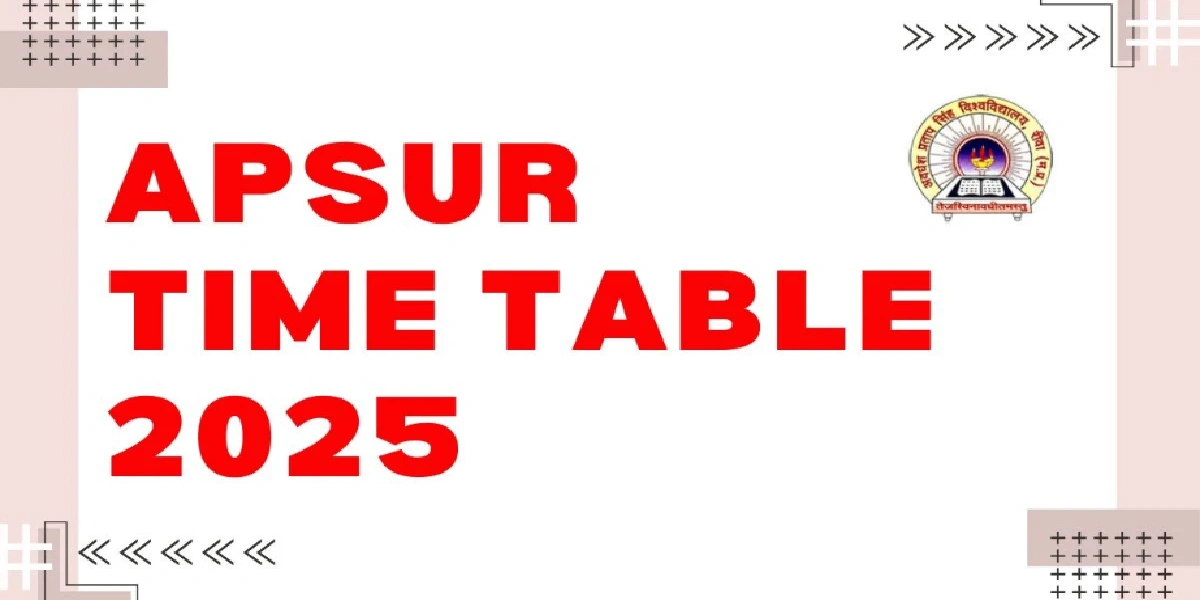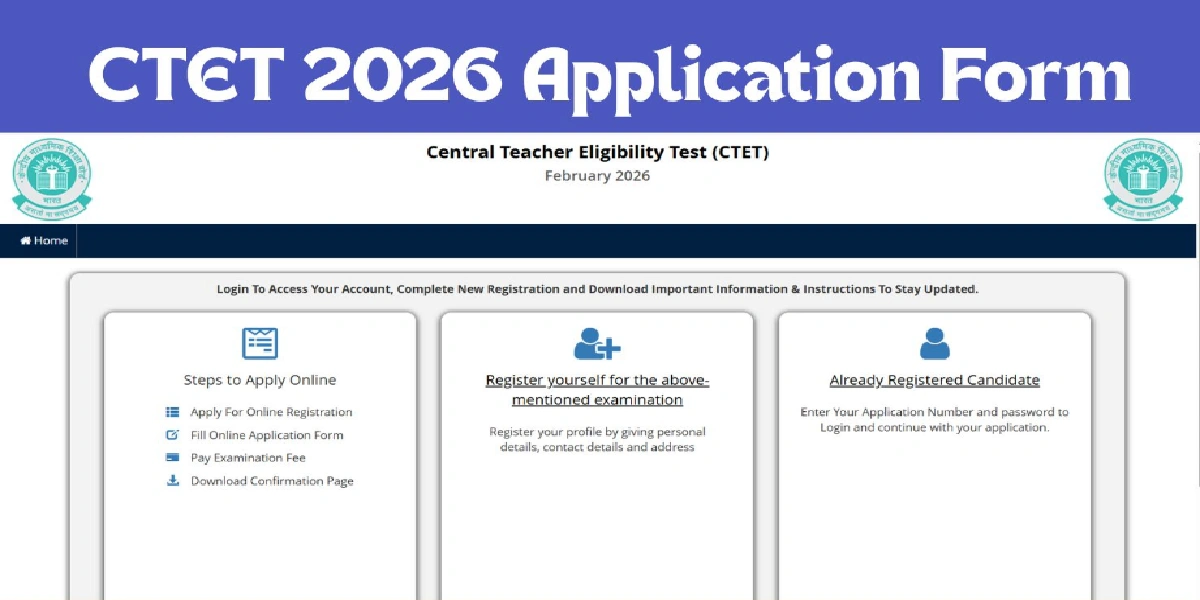Wondering why you need to get the hang of all this? Well, cracking the CAT is just half the battle. Each IIM applies specific thresholds and composite scoring formulas to shortlist candidates for the next rounds—like PI and WAT. Knowing the nitty-gritty gives you an edge before you hit “Submit.”
Overview of CAT’s Role in Shortlisting

All IIMs use CAT as the primary filter. That said, it’s never just your CAT score—they look at overall percentile plus section-wise cut-offs to make the first cut.
Overall Percentile Requirements
IIMs typically set a high bar—overall percentiles ranging from 80 up to 95+ depending on the institute and category.
Sectional Cut-offs
Most IIMs also require you to meet minimum cut-offs in each section—VARC, DILR, and QA.
IIM Ahmedabad’s Elevated Cut-offs
IIM Ahmedabad has raised the bar for the 2026–28 admission cycle (relevant for CAT 2025 takers):
General & EWS: Overall 95 percentile, minimum 85 in each section
PwD: Relaxed—around 85 overall, 75 sectional
This is a significant hike from previous requirements (~80 overall, ~70 sections).
Selection now involves CAT + AWT & PI (65% combined weight), plus academic and profile rating (35%)
Criteria at IIM Mumbai
IIM Mumbai uses staged filtering:
Stage I (Shortlisting): Must meet minimum percentiles:
General: VARC ≥ 80, DILR ≥ 80, QA ≥ 75, Overall ≥ 85
SC/ST/PwD have lower thresholds
Stage II (Final Selection): Composite Score includes:
10th & 12th marks, bachelor’s graduation scores, and work experience
Points are weighted across academic performance and CAT-derived scoring
IIM Lucknow’s Shortlisting Formula
Stage 1a (WAT-PI shortlisting cut-offs):
General: VARC, DILR, QA each ≥ 85; overall ≥ 90
Reserved categories have relaxed thresholds
Stage 1b (Composite Score) includes:
CAT scaled score (60%)
12th & graduation marks (10% each)
Work Experience (10%)
IIM Calcutta’s Holistic Approach
Calcutta also takes a broad view:
Section-wise cut-offs: General category requires QA 75, DILR 80, VARC 80, Overall 85 percentile Final shortlists typically skew toward 98–99 percentile.
Composite Score includes:
CAT (30%)
PI (48%)
WAT (8%)
Academic diversity (6%)
Work experience (8%)
IIM Visakhapatnam & Others – General Trends
While specifics vary, here’s the common pattern:
Shortlists are based on CAT + academic profile + profile diversity + work experience
Composite scoring is norm, though weights change per IIM
Common Factors Across IIMs
Across the board, these matter:
Academic Records: Scores in Class 10, 12, and graduation are quantified and weighted.
Work Experience: Adds depth—and actual points in many composite formulas.
Diversity Bonuses: Gender (often female candidates), disciplinary background (non-engineer), and reserved category status.
Fast-Growing IIMs & Their Cut-offs
Take IIM Nagpur, for instance:
Admission for MBA batch 2025–27 required a CAT score of at least the 95 percentile.
The newly inducted class is diverse: 100 females, 223 males, representation across 23 states; 203 have work experience, while 120 are fresh graduates..
What It All Means for You
Aim high on CAT overall and sectional scores—particularly if targeting premier IIMs like Ahmedabad or Calcutta.
Don’t neglect academics—score high even in 10th/12th/graduation to boost your composite.
Work experience does count—especially structured or meaningful experience.
Think diversity—non-engineering background or being female can give you bonus points.
Conclusion
Navigating the IIM shortlisting maze isn’t just about nailing the CAT—it’s about crafting a standout profile. High academic marks, relevant work experience, and even your stream or gender can tip the scales. With tailored cut-offs and composite formulas per institute, strategize wisely and keep that profile polished.
Read also: NMDC Workmen Cadre Admit Card 2025






